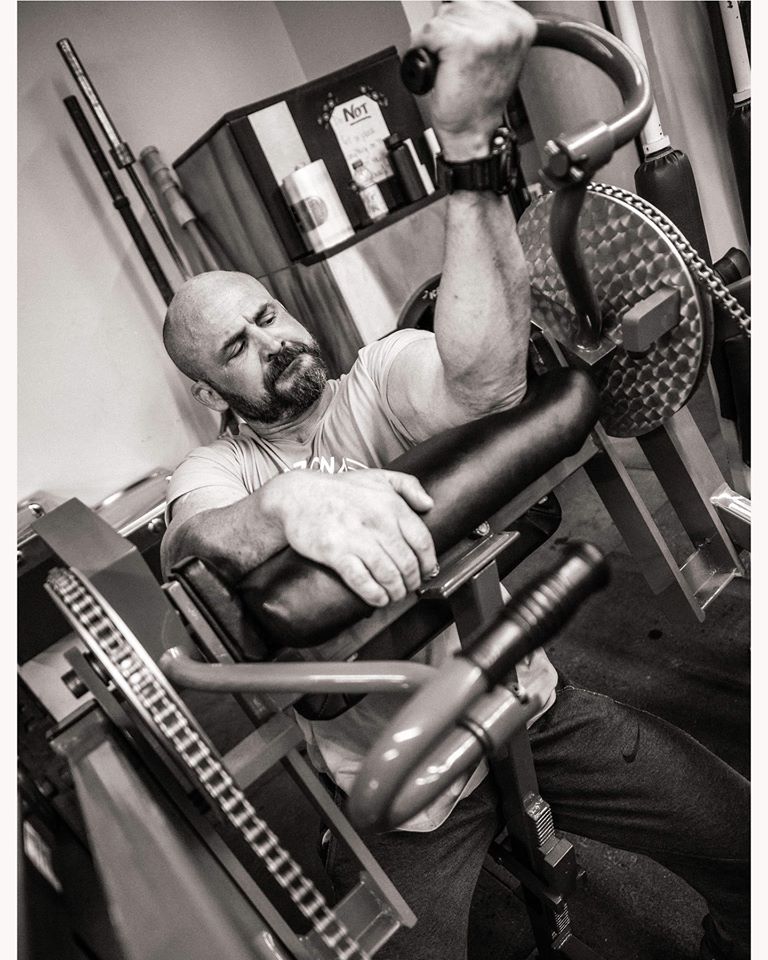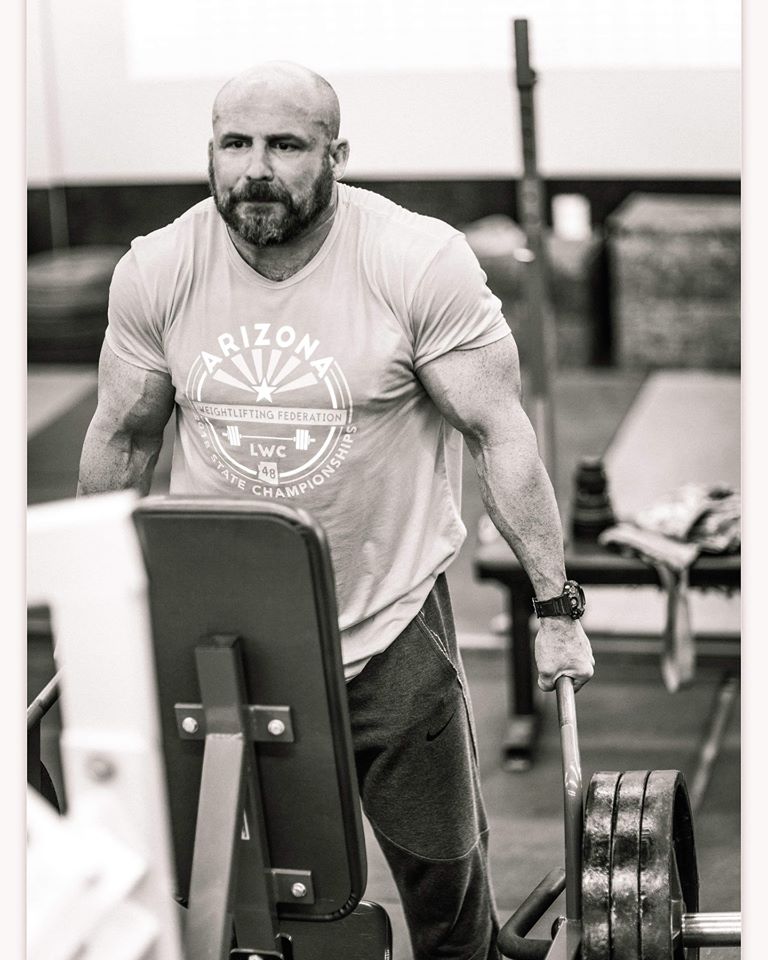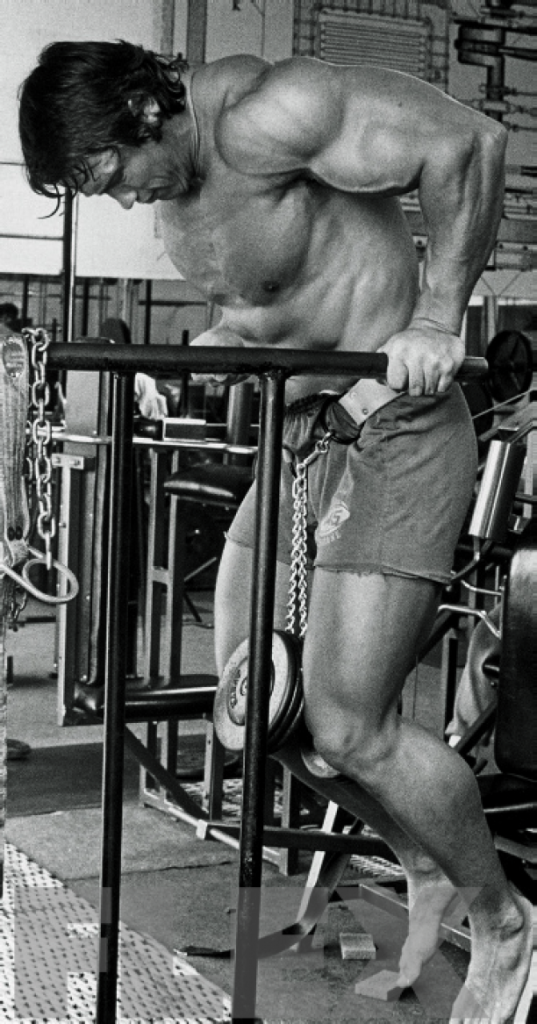In the most basic terms, Hypertrophy refers to an increase in the size of a…
Overhead Lifting for Your Body
It’s pressing day in your weight training program and you have overhead press on the docket. Without giving it a second thought, you revert to your typical position: arms and elbows at 90 degree angles, and you press straight overhead. Sure, this position still lets you move weight overhead, and it strengthens your deltoids and triceps. You could, however, work smarter, not harder, and incorporate more muscles to not only strengthen the shoulder joint but also protect some of the smaller muscles from injury.
Lifting overhead in scaption
Dutton’s Orthopedic Textbook had this to say about scaption:
It has been recommended that many strengthening exercises for the shoulder joint complex be performed in the scapular plane. Reasons for this include:
- When the limb is positioned in the plane of the scapula, the mechanical axis of the glenohumeral joint is in line with the mechanical axis of the scapula, and movement of the humerus in this plane is less limiting than in the frontal or sagittal planes because the glenohumeral capsule is not twisted.
- Because the rotator cuff muscles originate on the scapula and attach to the humerus, the length-tension relationship of these muscles is improved in this position.
To put it more simply: when the bones do not restrict movement, the muscles are able to generate more force. Pressing overhead in scaption means that neither the muscles that internally or externally rotate the arm (rotate the arm in or out) are stretched.
How to find your scapular plane
While most texts will say that scaption occurs at 30-45 degrees of abduction (away from the middle of your body) when your arm is directly out in front of you (resulting in a V with your arms), I am going to take it one step further. There is actually no one size fits all number for everyone’s scapular plane. So here is what you need to do. Find a buddy (friend, gym partner, spouse, or even grandma) and have them help you find the spine of your scapula (if you don’t know what that is, give it a Google). All the person needs to do is trace along the spine of the scapula with their hand and place your arm in alignment with it. That will give you the exact plane for your body’s scapular plane.
Exercises
Dumbbell Scapular Raise: Start with the dumbbells in front of your thighs, palms facing inward so that thumbs are up (this is crucial because it creates a larger space in your shoulder. More space equals less chance that the rotator cuff muscles will rub on the acromion process of the scapula). Raise the dumbbells in a V formation, in your scapular plane, stopping just below shoulder height. You want to stop prior to shoulder level so that you do not activate the upper traps, which are usually tight or already strong in most individuals.
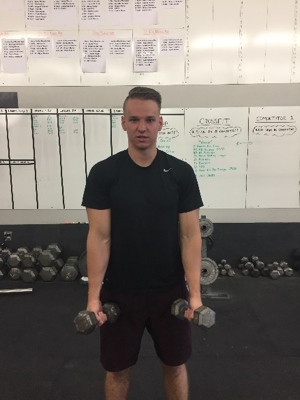
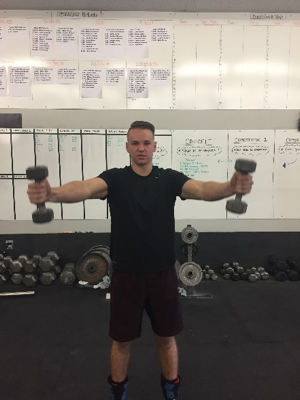
Overhead Press: Using either a barbell or dumbbells, begin with elbows in the scapular plane and drive the weight up. If using dumbbells, make sure wrists are neutral. Don’t be afraid to use full range of motion during this exercise.
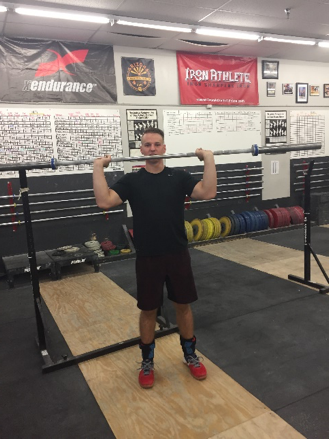
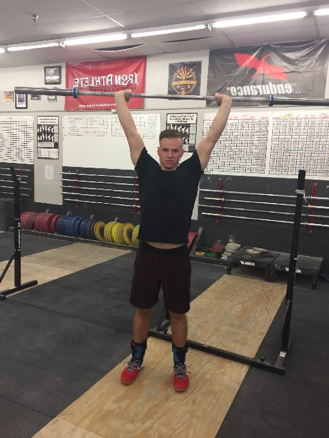
Watch Ryan Conley’s video HERE where he takes you through some shoulder strengthening movements.
